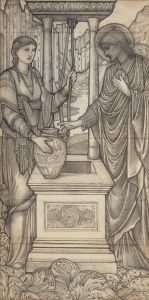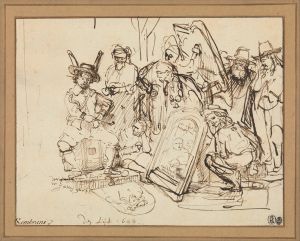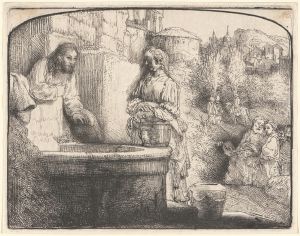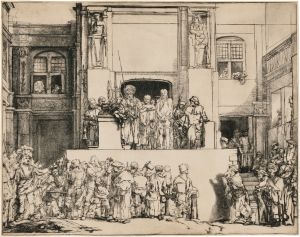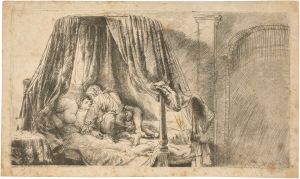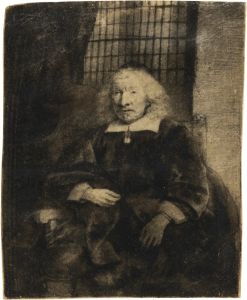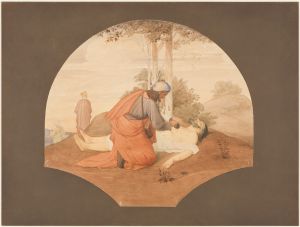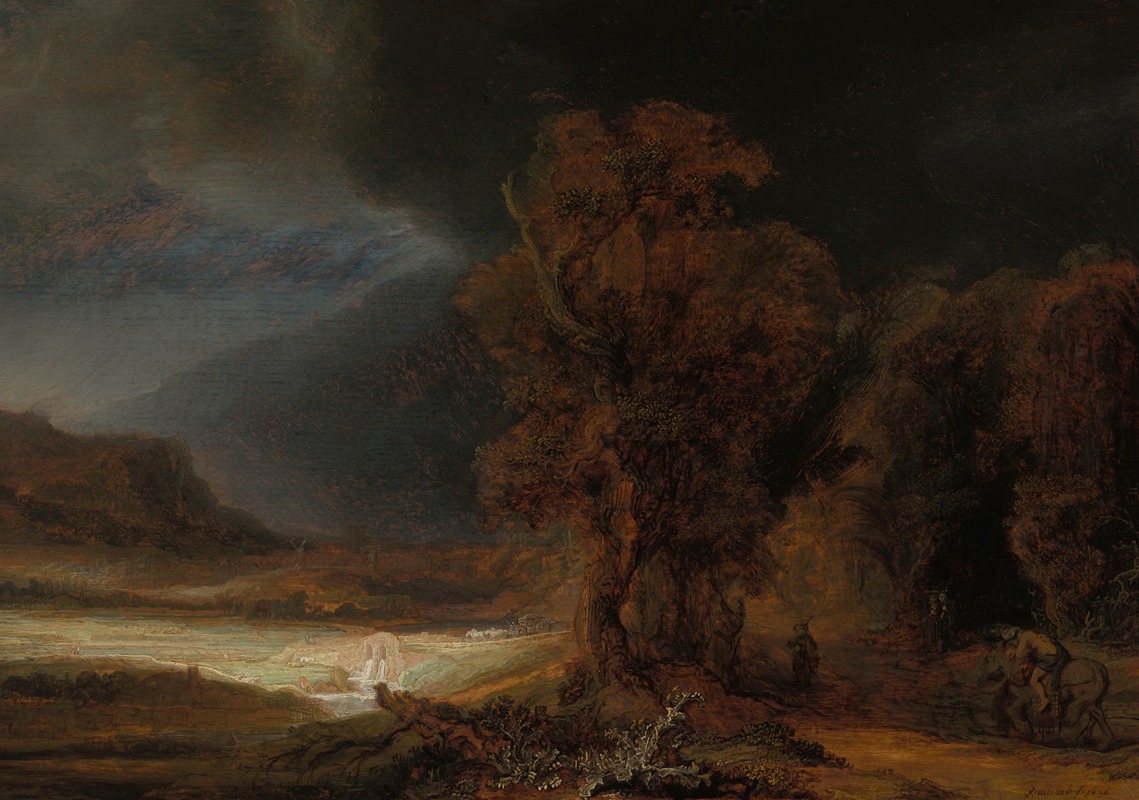
Landscape with the Parable of the Good Samaritan
A hand-painted replica of Rembrandt van Rijn’s masterpiece Landscape with the Parable of the Good Samaritan, meticulously crafted by professional artists to capture the true essence of the original. Each piece is created with museum-quality canvas and rare mineral pigments, carefully painted by experienced artists with delicate brushstrokes and rich, layered colors to perfectly recreate the texture of the original artwork. Unlike machine-printed reproductions, this hand-painted version brings the painting to life, infused with the artist’s emotions and skill in every stroke. Whether for personal collection or home decoration, it instantly elevates the artistic atmosphere of any space.
"Landscape with the Parable of the Good Samaritan" is a painting traditionally attributed to the Dutch artist Rembrandt van Rijn. The work is an oil painting on panel and is believed to have been created around 1638. It depicts a dramatic and expansive landscape, with the biblical story of the Good Samaritan integrated into the scene. The painting is notable for its combination of a detailed natural setting and a narrative moment from the New Testament.
The parable of the Good Samaritan, as recounted in the Gospel of Luke (10:25–37), tells the story of a man who is attacked by robbers and left for dead. Several passersby ignore him, but a Samaritan, considered an outsider in Jewish society at the time, stops to help and ensures the man receives care. In Rembrandt's painting, the figures representing this parable are relatively small and placed within a vast, rugged landscape. This compositional choice emphasizes the insignificance of human actions in the face of nature's grandeur while still highlighting the moral message of compassion and kindness.
The painting is characterized by its dramatic use of light and shadow, a hallmark of Rembrandt's style. The landscape is rendered with a sense of depth and movement, featuring rolling hills, trees, and a winding path. The figures of the Samaritan and the injured man are positioned in the foreground, but they do not dominate the composition. Instead, the focus is shared with the natural environment, which plays a significant role in setting the mood of the piece.
"Landscape with the Parable of the Good Samaritan" is housed in the Wallace Collection in London, where it has been part of the museum's holdings since the 19th century. The painting has been the subject of scholarly debate regarding its attribution. While traditionally ascribed to Rembrandt, some art historians have questioned whether it was created by the master himself or by a member of his workshop. Despite these debates, the painting remains an important example of 17th-century Dutch art and reflects the period's interest in combining biblical themes with detailed landscape studies.
The work is also significant for its integration of narrative and environment, a technique that was innovative for its time. By embedding the parable within a larger natural setting, the painting invites viewers to reflect on the relationship between human morality and the broader world. This approach aligns with Rembrandt's broader artistic practice, which often sought to explore complex human emotions and ethical questions through his art.





